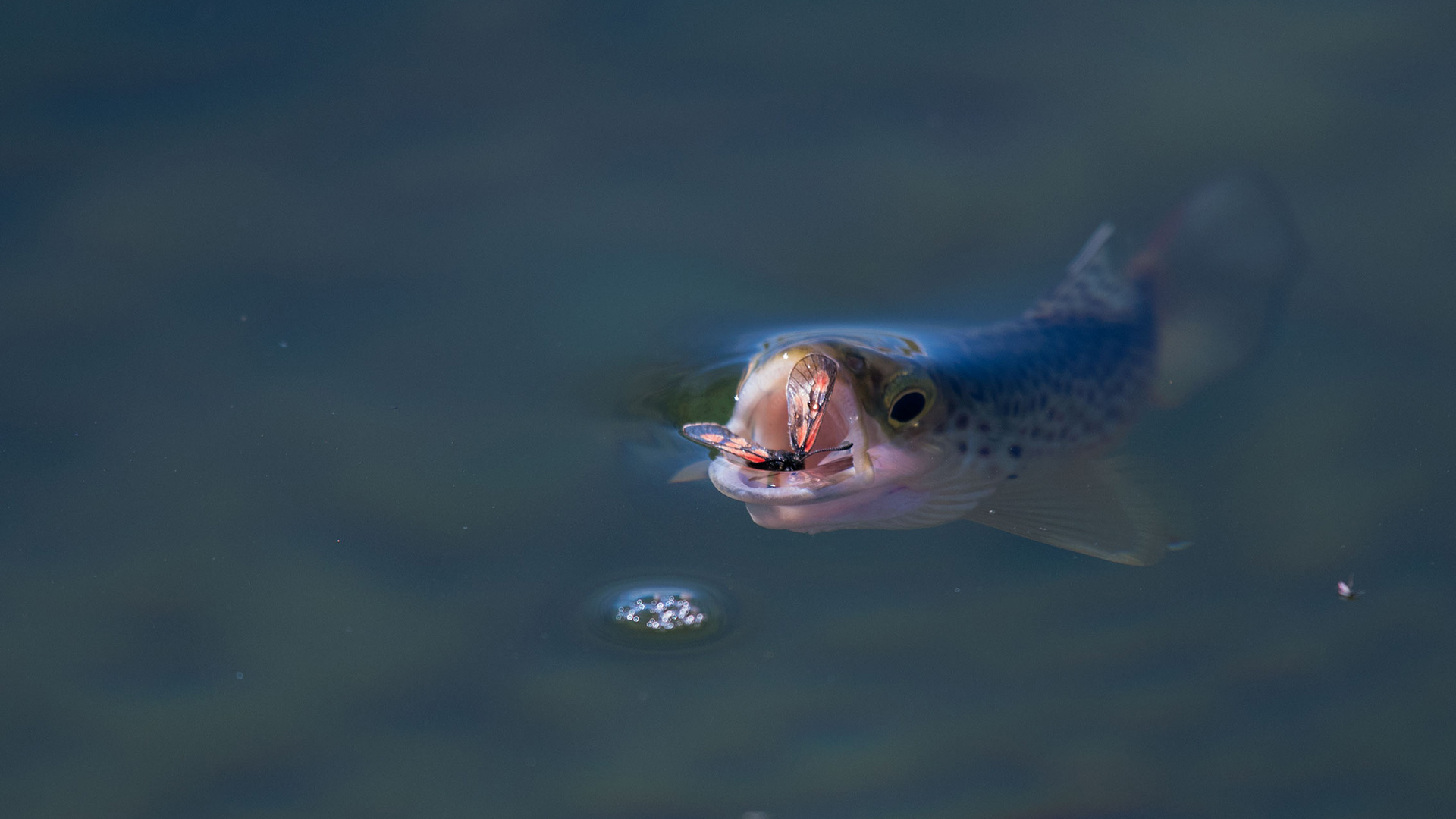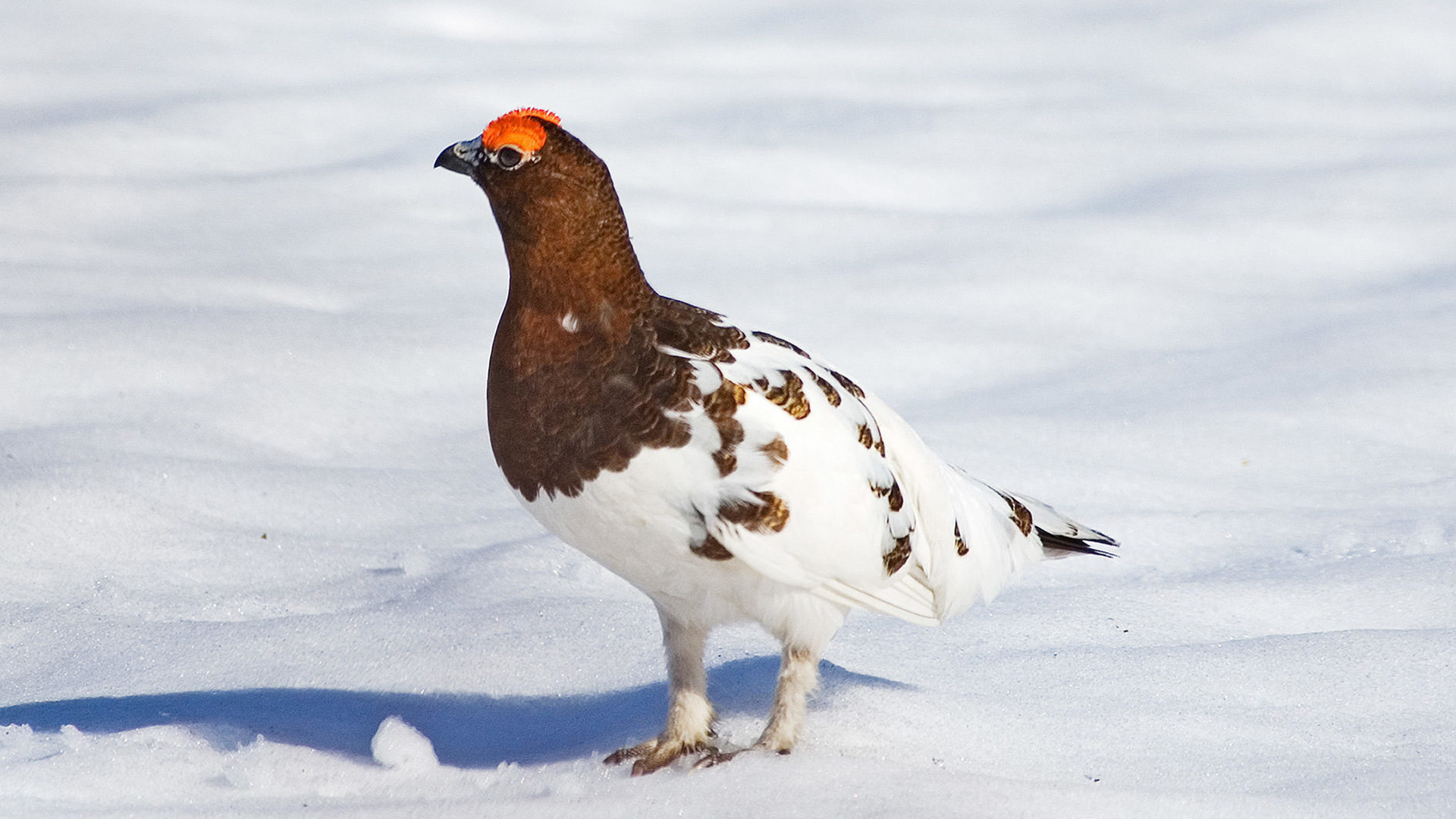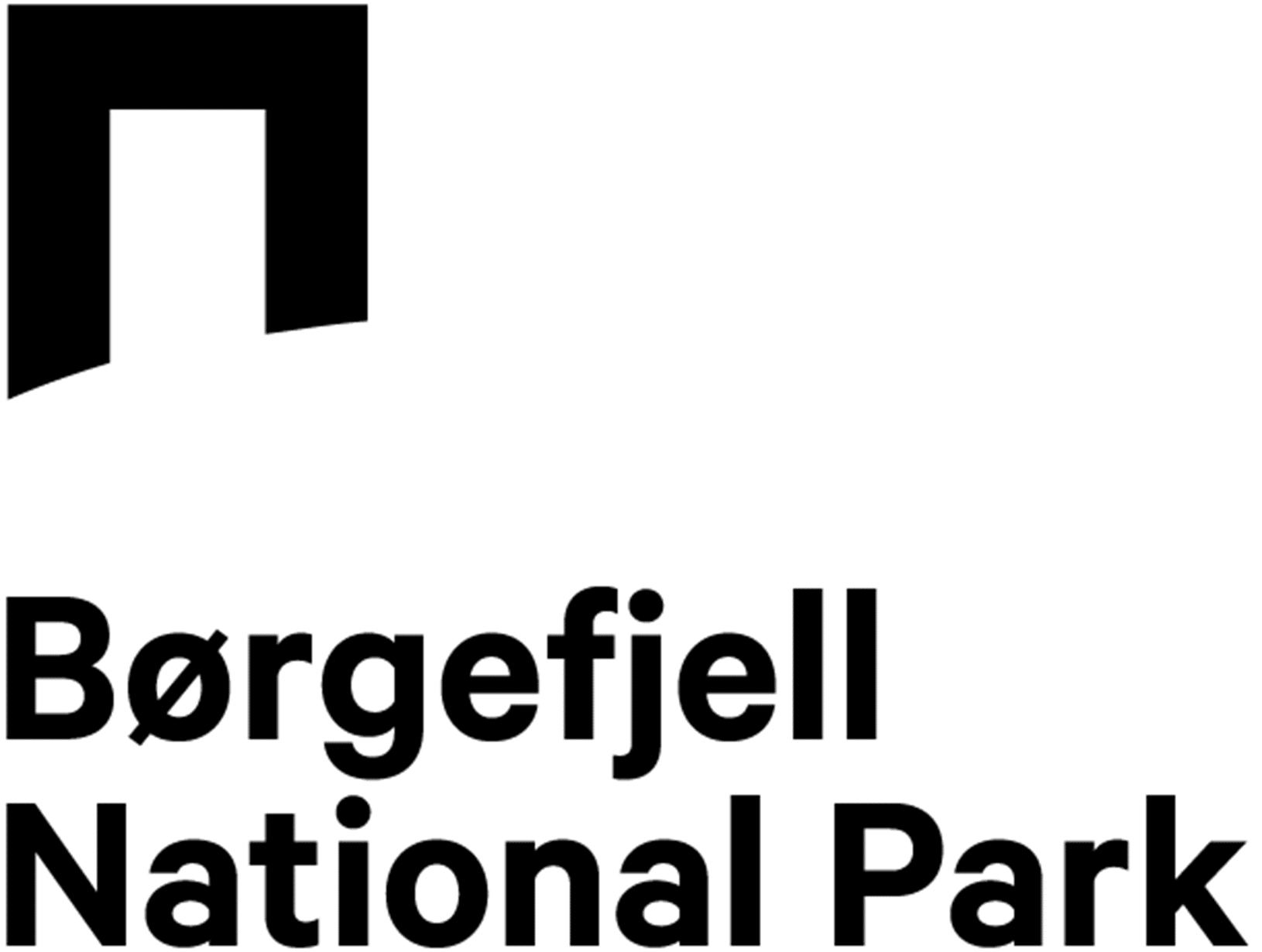For centuries, the Sami have been practiced reindeer husbandry, hunting, fishing and fishing in the area where the national park is located. If you keep your eye out and know what you are looking for, it’s possible to find many ancient monuments, including burial and dwelling sites. The Sami reindeer husbandry crosses the Norwegian-Swedish border and involves the use of modern mechanical aids.
A protected wilderness area
In the early 20th century, many discovered the great hunting and fishing in Børgefjell. Anglers came here and stayed in basic accommodation in the area. In 1932, the Norwegian Trekking Association (DNT) put an end to major construction of cabins because they wanted to preserve Børgefjell as a wilderness area. As a result of this decision, there is virtually no infrastructure development in the national park. There are only a few rental cabins belonging to the mountain boards, Statskog and the associations of hunters and anglers, in addition to huts, fences and other and other installations used for reindeer husbandry.
As land was eventually cleared for settlements around Børgefjell, the natural resources in the area also became an important for these households through hunting, trapping and fishing. The mountain was a rich source of game and fish and many a settler obtained food and materials from the area.
Mountain experiences
Børgefjell contains many watercourses, mountains and valleys. The many lakes and rivers combined with abundant fish stocks makes the national park a paradise for trout fishing. In the west of the national park, you will find high peaks and deep valleys with glaciers and mountain lakes. In the southern part of the park, you can experience wild rapids and beautiful waterfalls. The eastern areas bordering Sweden are characterised by more rounded peaks and heathlands.

Trout in Børgefjell

A ptarmigan on the spring snow in Børgefjell
